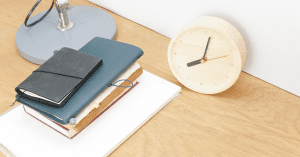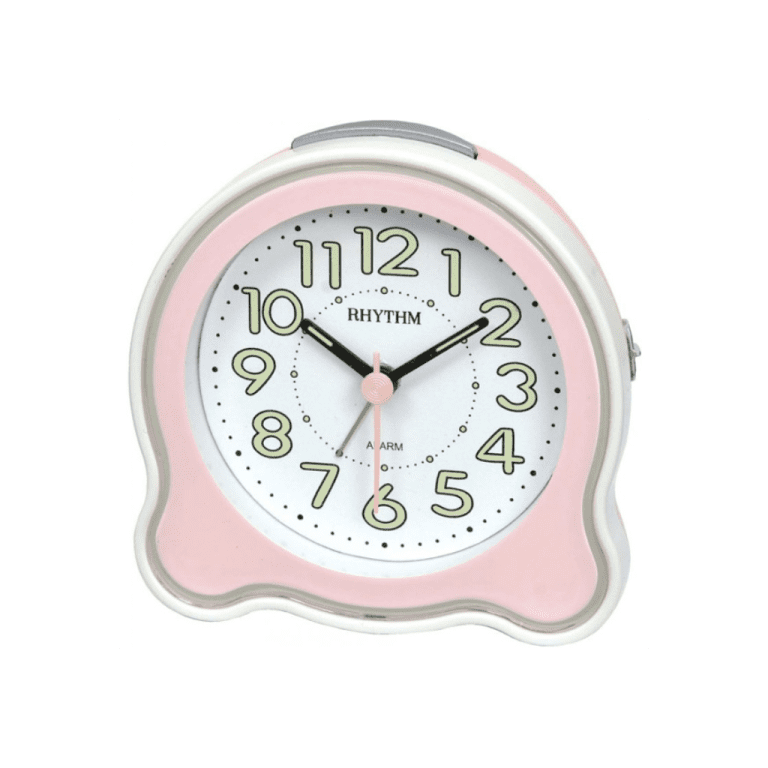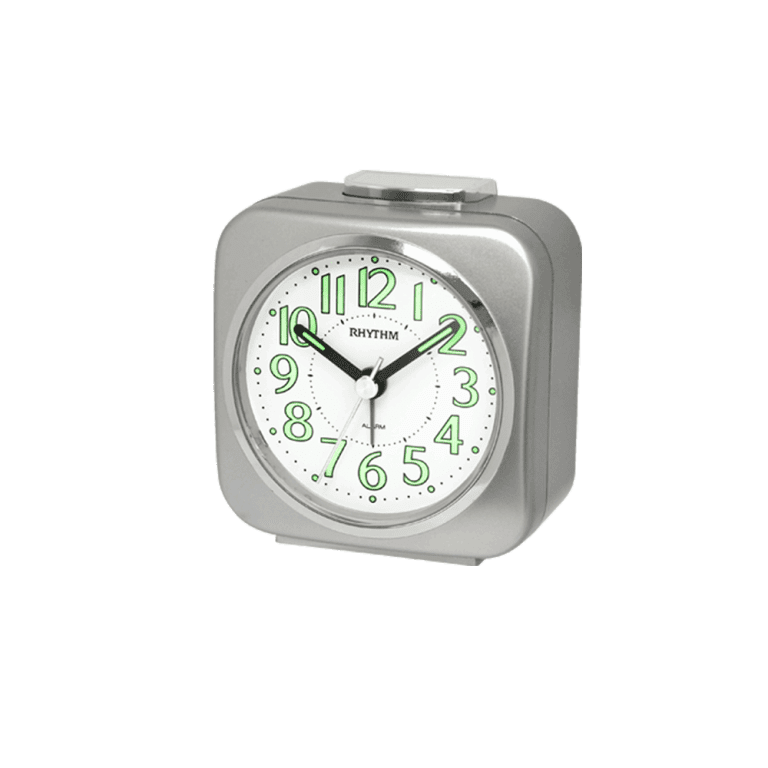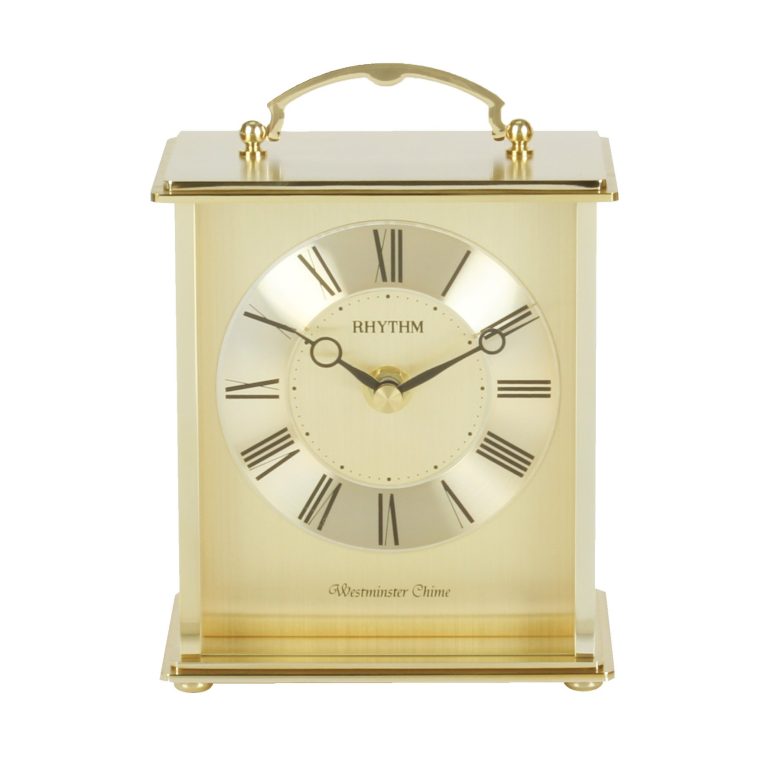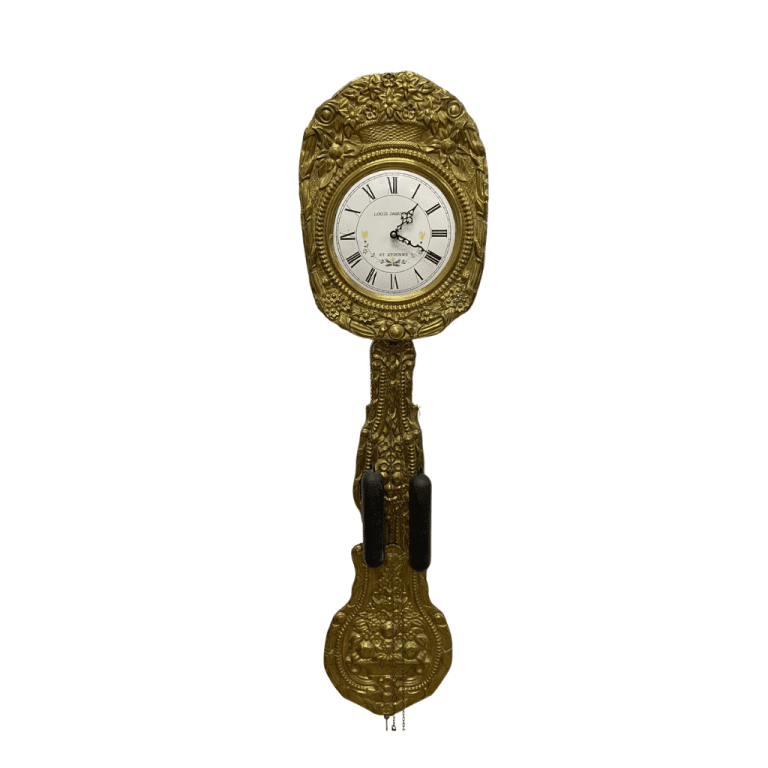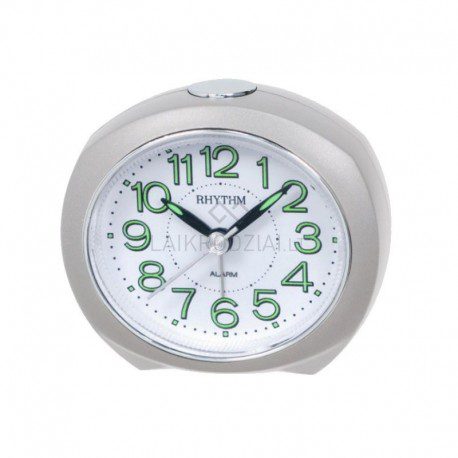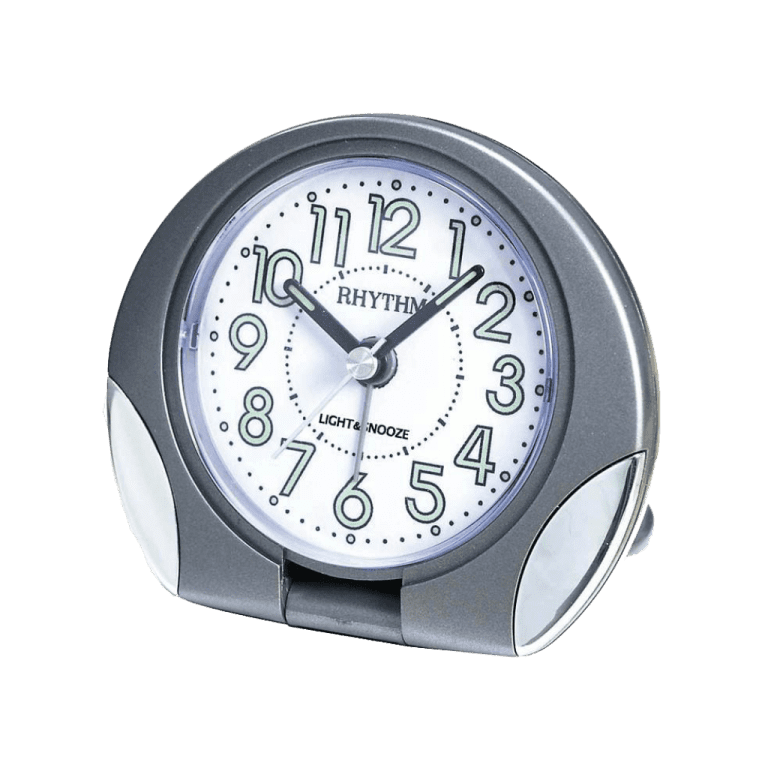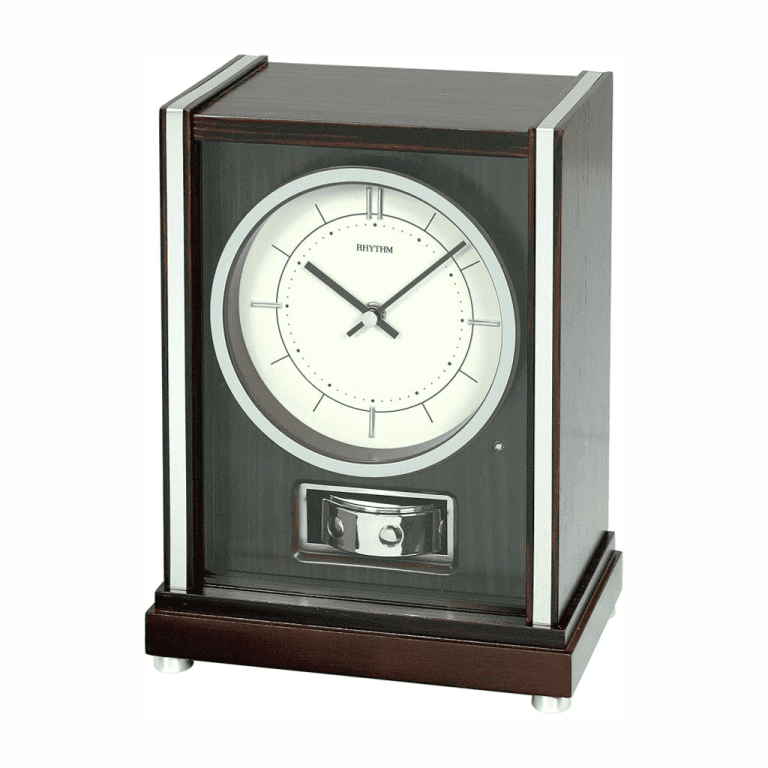When you want to hang your timepiece on the wall, but you can’t because your landlord won’t like nails in the wall, or you want to hang it on a surface that won’t take nails well, you have to get creative. Maybe you’re trying to hang a heavy or large clock and worried about the kind of support that it needs. Perhaps your clock is oddly-shaped, and you’re not sure where its centre of gravity is in order to best hold itself on the wall.
For those special cases and a few others, we’re going to go through some alternatives to get that clock right where you want it.
1. Adhesive Strips
You can pick up a pack of adhesive strips in a hardware or craft store. They’re usually meant for pictures, but for a wall clock, they’ll work just the same. After making sure that the back of the clock is flat and clean, select the spot that you want to hang your clock and clean the area well. Once you’ve applied the strips evenly around the back of the clock, you can press the clock to the wall and hold for 30 seconds. Be aware of the strength that the strips are meant to hold and don’t exceed that limit, otherwise, you risk your clock falling from the wall and getting damaged.
A similar method is to use an adhesive hook, and then hang your clock on that. This option is well-suited to larger clocks that have more weight.
2. From the Ceiling
These kinds of clocks usually come with most of their own hardware for hanging, such a pole or two extending from the top of the clock with the intention to be ceiling-mounted. For these clocks, nails or screws are often best and nailing it to a support beam offers the ideal mounting place. You can try adhesive strips for these clocks, but be very mindful of the weight the strips can hold.
For a clock without the included hardware for a ceiling installation, it can be an opportunity to get creative. Likely, you won’t want to drill into your own clock to attach hardware and run the risk of ruining the clock. However, you can buy or create a case for the clock out of glass or clear acrylic and install a hanging system to the case. With the clock inside (and still easy to access for repair or battery changes), you can mount the clock to the ceiling. Tip: check out what the view of the clock is from behind so you can position the clock’s behind discreetly.
3. Hanging from Crown Moulding
This is a great option for old houses that don’t have modern structured walls. Picture rail is an alternative if your home doesn’t already have crown moulding. Start by marking off where you want the clock to hang, and then mark the molding in the center above the clock. Place a hook in the marked spot of the crown molding. Attach the cord to the back of the clock, aligning it with the 12-hour mark, and make sure it’s secure. Then hang the cord from the hook and center your clock.
For oddly-shaped clocks, see if you’re able to make more than one point of contact with the cord that will hang from the picture rail. It may also be a good idea to have two hooks in the moulding in order to distribute the weight better if you’re trying to hang a heavier clock, or you’re concerned about the integrity of the moulding. Test the hooks with the cord by hanging something durable that weighs about the same as your clock to ensure that your clock will be well-supported.
4. Placing on a Shelf
One of the best spots for a clock is where everyone will see it. A shelf or mantel is an ideal spot that is generally off to the side but in a highly-trafficked area. Some clocks are even designed with a base to be placed on a flat surface. They come in modern and antique styles, so there’s something no matter your taste.
A clock can look pretty cute tucked into a study’s bookshelves. Consider using the clock as a way to section or bookend your trinkets or books. It can help create a visual break between similar décor and offer useful information when you’re short on space. If you wanting to place a round clock on the shelf, make sure to support it well. Either use something like bookends to bracket the clock in place or make sure it’s nestled tightly within its spot. Small trinkets can be used to help wedge the clock into place.
5. Adhesive Hooks
These hooks work pretty well for a light- to medium weight clock, especially since you can use as many points of contact for the clock as long as it has divots for the hook to rest. For a heavier clock, use more than one hook in order to help share the load and spread out the weight evenly.
Often they come in a variety of shapes and sizes, but a simple plastic or metal hook will do fine. You peel the protective paper from the back of the hook and then press it onto the wall. You will typically only get one chance at this unless the packaging states that it can be removed and reapplied with more special adhesive, which is sometimes included.
It’s a good idea to test the hooks’ strength once the adhesive has set by pulling downward with your fingers or a length of string. If you have a luggage scale, use that in combination with the string in order to assess whether or not the hooks can handle the weight.
The adhesive needs time to cure so let it rest for however long the manufacturer says, often about an hour, but it’s good to leave it for longer to make sure it bonds well. Once on, give it a firm tug to simulate the weight that it’ll be holding and don’t be afraid to use moderate, continuous force in order to check. The last thing you want is for your clock to fall from that height.
6. Get Creative!
Is there a hook somewhere around your home that you wouldn’t expect to put a clock? Maybe some wire and a key rack already nailed into the wall is all you need. Poke around your home and take a look at all the spots that a clock could inhabit. Maybe you have an old piece of art that just doesn’t speak to you the same way anymore; that may be just the right spot for your clock to take over.
Additional Methods
There are also downfalls of certain methods, so while these can be great workarounds to get your wall clock on the wall, it’s important to take care and read the weight restrictions on the packaging so that your clock doesn’t fall and get damaged. We’ll look at some of the ways you can hang a wall clock if you’ve got a lightweight clock and you’re ready to be fastidious about hanging it.
Liquid Nails
This is an industrial-quality adhesive that will permanently bond whatever you’re hanging onto the wall. This can be great for mirrors or shelving that you know is going to be part of the house for a long time, but it may not be the greatest for a wall clock.
If it’s an electrical wall clock that you love and can’t see going anywhere (even if you move out), then liquid nails will keep it there. For hand-wound clocks that are large and heavy, this could be a good option as well. However, if your clock takes batteries or needs to be serviced every now and then for optimal performance like a grandfather clock, you’ll want to avoid using this kind of adhesive.
Hard Wall Hangers
This can be a good option for brick or concrete walls where you cannot use nails and even regular picture hangers won’t work. It works for lightweight clocks when nails aren’t strong enough and it can usually hold up to 10kg, which can also work for heavier clocks as well.
However, this kind of hanger features usually four points of entry into the wall so if your goal is to have no punctures, especially if you’re renting or planning on moving, this might not be the best idea. Though the holes are easy to patch up in softer walls, they can cause quite a headache trying to fix in concrete or brick.
Magnetic Strips
These craft staples might work for an extremely lightweight clock, but you’d have to be extremely careful for these to hang surely and not let the clock fall. The strips are thin magnets that come on a tape-like strip, with the back peeling off to reveal the sticky side that you can press onto the clock and then another strip that you can press onto the wall. In theory, together they’ll hold the clock to the wall but the magnet itself is considerably weak and the adhesive on the other side is not very strong either.
With some searching and trial-and-error, you might be able to find magnetic tape that holds a clock to the wall but you’ll like want to try first with something that is not breakable in order to see if it can carry the weight. This is a great idea for working with no nails, but it’s an option that is better suited for decor that is under a kilogram–consider using it for small pictures or featherweight wall decor.
The best option if you really want to use magnets is to opt for something that contains neodymium magnets. These are very strong magnets that should be used with care since at close proximity they can throw off the internal functions of things like a pacemaker. Likely your clock won’t be affected, but it should be tested before you hang it with neodymium magnets.
Credited to:bramwellbrown


